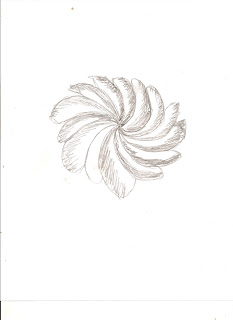WEEK 4
It is week 4, the beginning at
February, I never know how I did so much project of this, start at last mouth,
in the beginning, I think I don't know so much of this things, but now, when
see what I did, I have best wish and hope I can steps up.
This week word
"forward"
Definition
Into view or
consideration: forth. Toward or to what is in front or in advance
directed toward a point in advance
being in a condition of advancement
This word there is so many meaning in different case,
so I just use one theme about "toward
or to what is in front or in advance". Below, there was three-idea
come from.
 |
| A bike running to the front |
 |
| Mushroom move to front |
 |
| Ants move to a hole |
FINAL
 |
|
This it is the final that I want to make like a story book
cover, because which I choice the artist from this week it is a young artist
who making a story book.
. |
Above it is a page of the story book from a young artist:
Leonard Weisgard
| ||||||||||||
|
|
|
| In 1939 the first of more than two dozen collaborations with Margaret Wise Brown was published, The Noisy Book. Their 1947 book, The Little Island,which Brown wrote under the pseudonym Golden MacDonald, won the Caldecott Medal for best-illustrated children’s book. |
Why that image inspired you?
Colorful, clean picture, focus concept, eye flow let
you know they have seemed, theme clear.
What aspects of that artist's work you intend to
incorporate in your own efforts?
Picture clean, concept focus, theme clear, this it is what I
lean from the artist, so I have try to work into my final story book cover

















